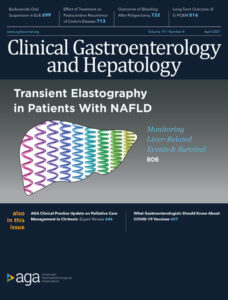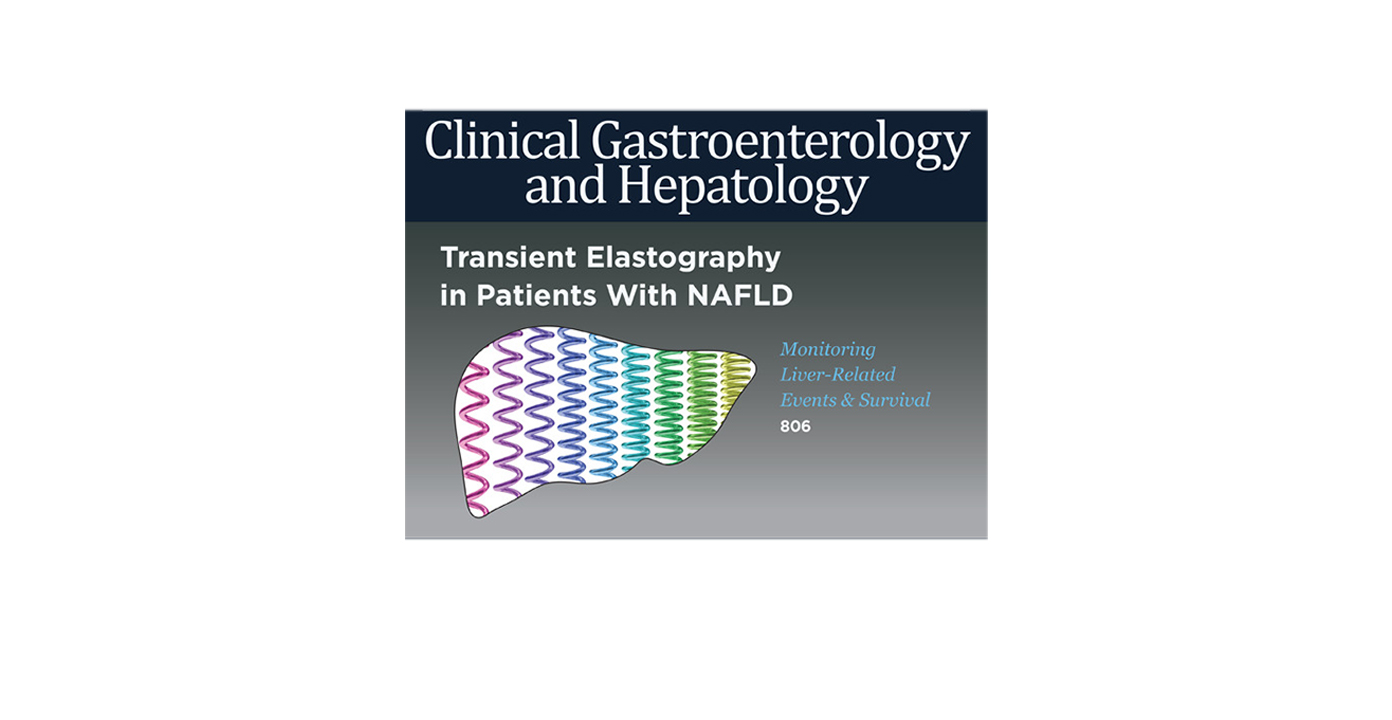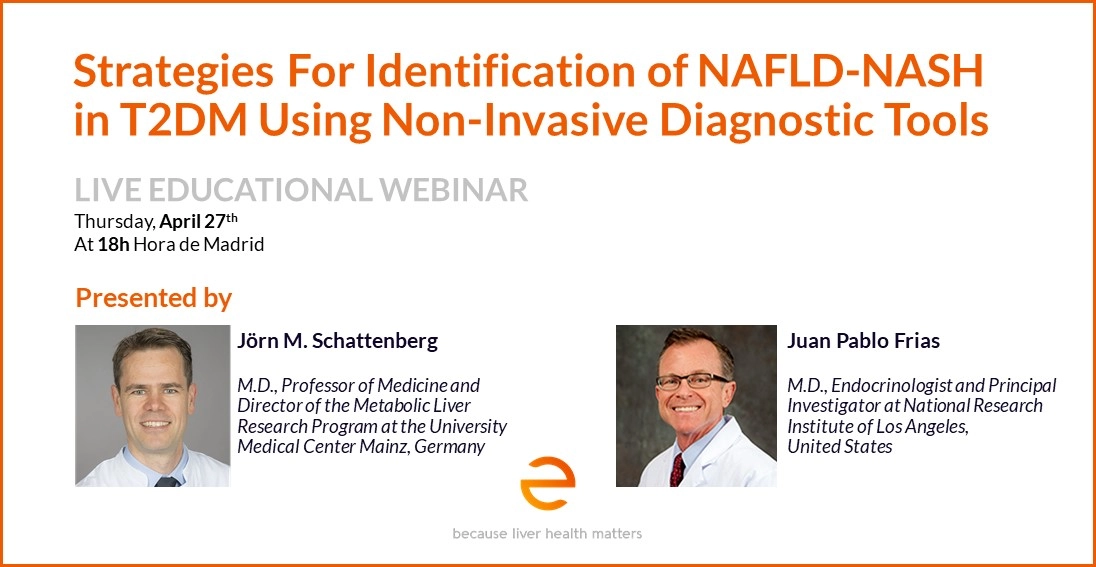When an esteemed publication like Clinical Gastroenterology & Hepatology features research and a cover story (April 2021), the impact is palpable.
We invite stakeholders in the liver disease community to read “Monitoring Occurrence of Liver-Related Events and Survival by Transient Elastography in Patients With Nonalcoholic Fatty Liver Disease and Compensated Advanced Chronic Liver Disease,” which found that in patients with non-alcoholic fatty liver disease (NAFLD) and compensated advanced chronic liver disease (cACLD), baseline liver stiffness measurements (LSMs) and change in LSM are associated with risk of liver-related events and mortality.
This is significant because patients with advanced fibrosis related to NAFLD are at risk of developing hepatic and extrahepatic complications. The researchers investigated whether in a large cohort of patients with NAFLD and cACLD, baseline LSMs and their changes can be used to identify patients at risk for liver-related and extrahepatic events.
Transient elastography was performed with FibroScan®, a noninvasive and widely available tool with validated diagnostic accuracy for advanced fibrosis in patients with NAFLD. FibroScan is also used in identifying patients at low risk for esophageal varices saving endoscopic screening, as well as increases over time of LSM predicted liver-related events in patients with chronic hepatic C.
Study Methods
The team of researchers performed a retrospective analysis of consecutive patients with NAFLD (n = 1039) with a histologic diagnosis of F3-F4 fibrosis and/or LSMs>10 kPa, followed for at least six months, from medical centers in six countries. LSMs were made by FibroScan using the M or XL probe and recorded at baseline and within one year from the last follow-up examination.
Differences between follow up and baseline LSMs were categorized as: improvement (reduction of more than 20%), stable (reduction of 20% to an increase of 20%), impairment (an increase of 20% or more).
The researchers recorded hepatic events, such as liver decompensation (ascites, encephalopathy, variceal bleeding, jaundice) or hepatocellular carcinoma (HCC), and overall and liver-related mortality during a median follow-up time of 35 months.




